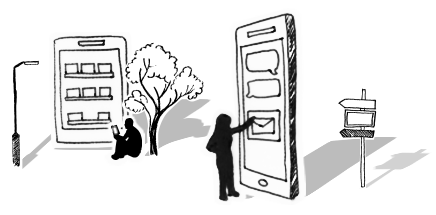




Person-Centred Business Change
How many therapists does it take to change a light bulb? Apparently just one, but the bulb must want to change. The old ones are the best – but maybe there’s something here for us in Business Change.
The Person-Centred approach to therapy was developed by Carl Rogers. Crudely, at the heart of his thinking lies the belief that if people feel secure – safe and valued – they’re more likely to be able to embrace change, and effect it for themselves. Intuitively, this makes sense, and evidence over decades now can be produced to support the contention. Rogers identified three ‘core conditions’ that would characterise the attitude of the therapist to the client in effective working: congruence (being genuine); empathy (a deep understanding of what the client is feeling); and an unconditional positive regard for the client (acceptance).
Are there parallels for us as business change practitioners? Seems to me there are quite a few.
First, and not least, like Person-Centred therapists we do well when we view those facing change as clients, not patients – equals in the relationship. And, like the corny joke, if they don’t want to embrace change we know that change initiatives are likely to be far less effective than we need them to be.
The core conditions seem to apply as well. When those leading change programmes are not genuine, when staying on message becomes spin, then those impacted by those programmes invariably sniff that out – and resistance to change grows. So, congruence matters, and that’s probably pretty well understood.
At Afiniti, we’ve always stressed the need for empathy – a deep understanding of those impacted by change – taking the time to understand their current context in depth, learning about what they do, and how they think and feel about it, and about the prospect of change. We think we pay more attention to this empathetic understanding than many, but its importance really shouldn’t be news to anyone.
What then about unconditional positive regard? The Person-Centred model wouldn’t require us to approve of every action that those impacted by change take, but it would require us to approve of them. So, how do we really think about those impacted by change? As a problem to be solved, or as partners? As individuals with bad attitude, or as people with entirely legitimate concerns and anxieties? As people of intrinsic value, or as resources to be deployed at will? Of the three core conditions this one seems the hardest, the one that Change Initiatives are most likely to stumble over.
How many change leaders does it take to change an organisation? Perhaps one, but maybe it’s not just the organisation that needs to want to change.
To get the latest change tips, advice and guidance directly to your inbox, sign up to our monthly Business Change Digest.
